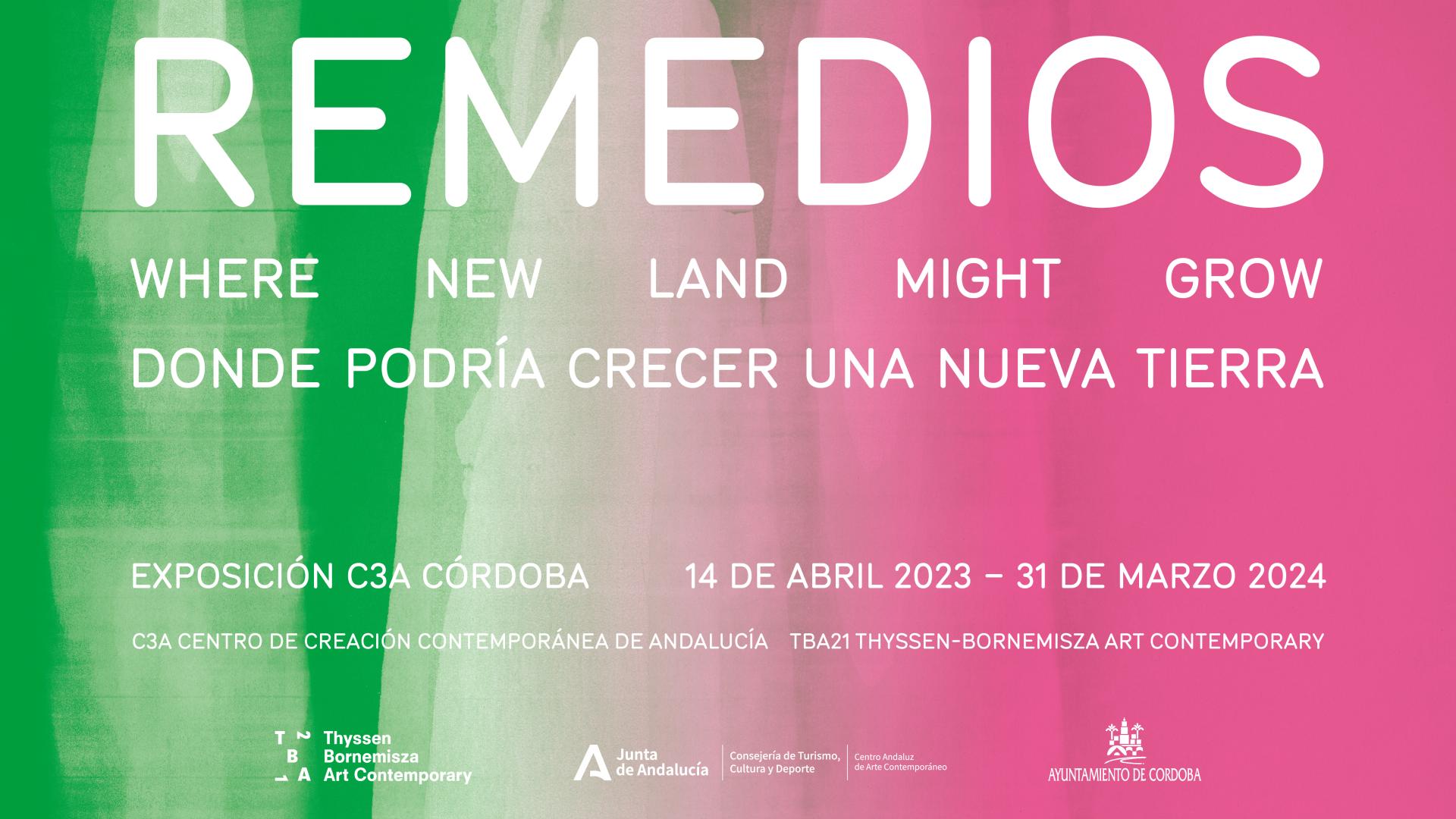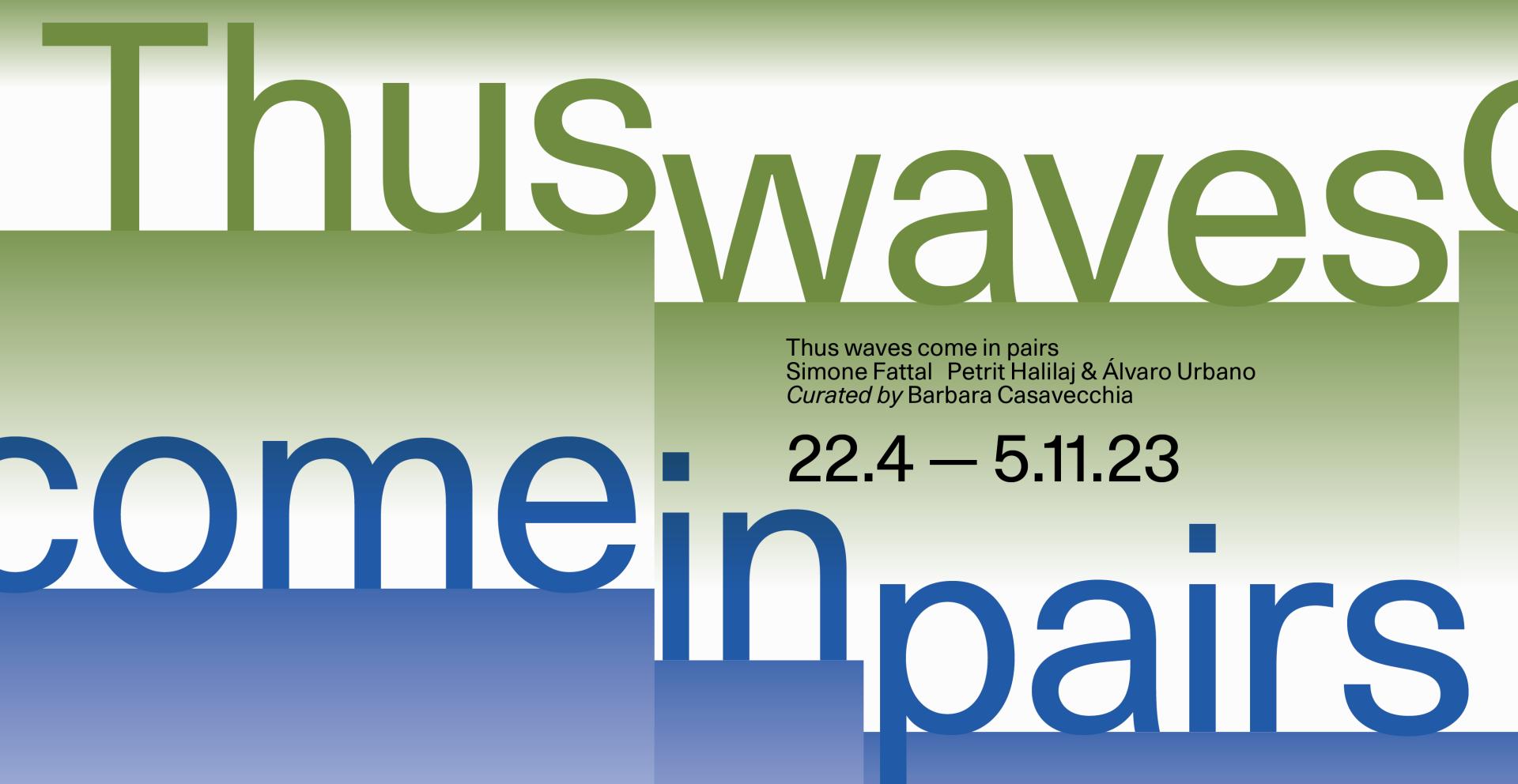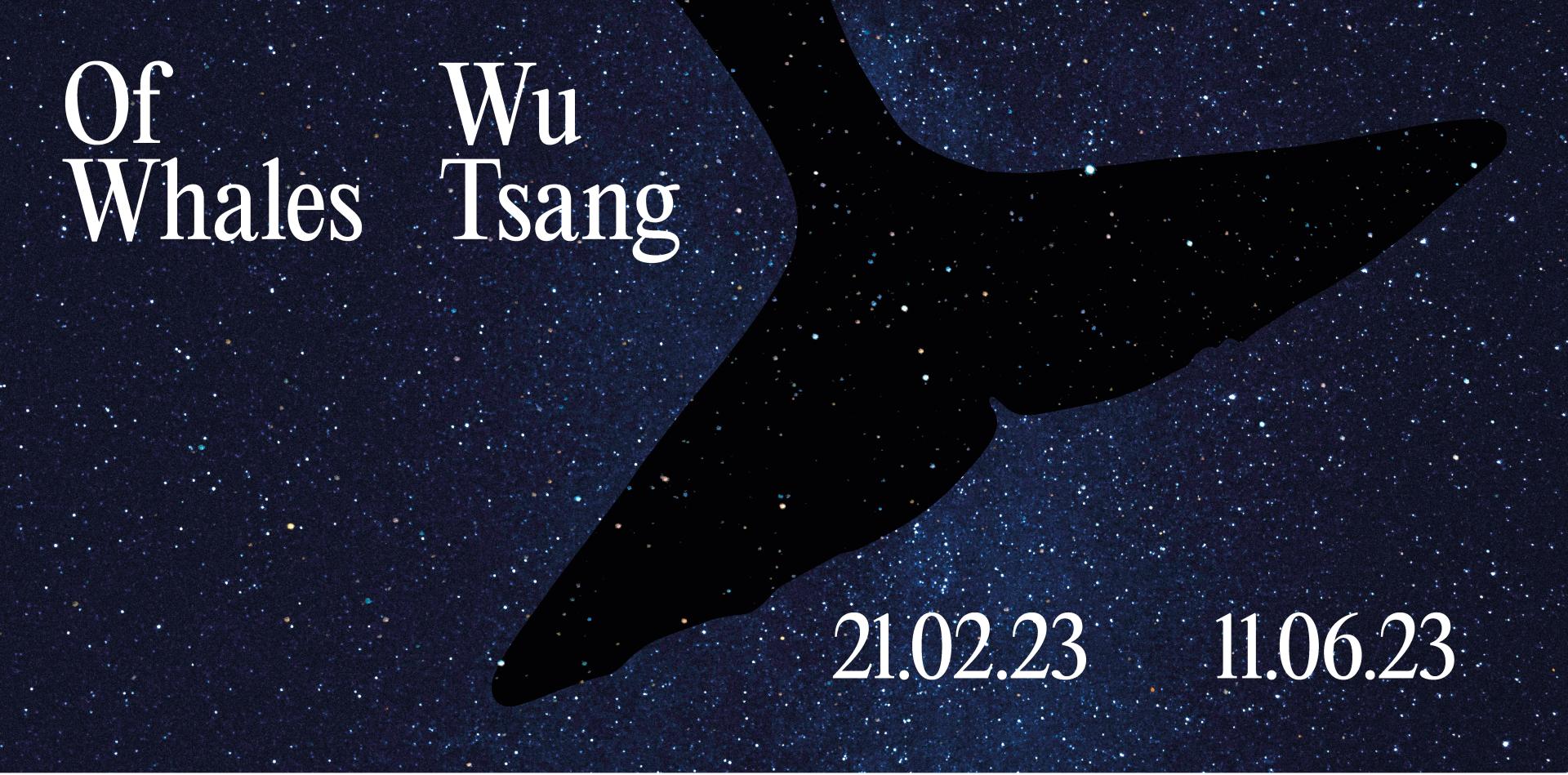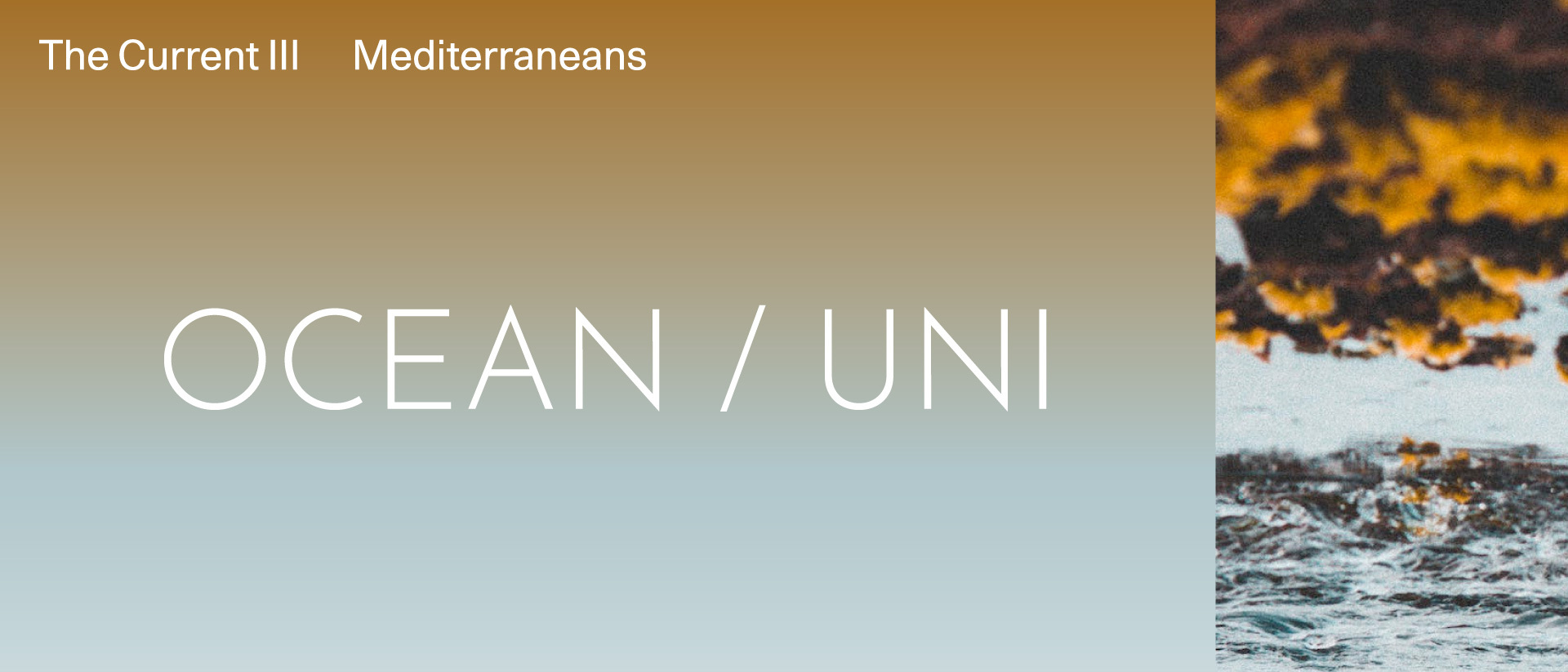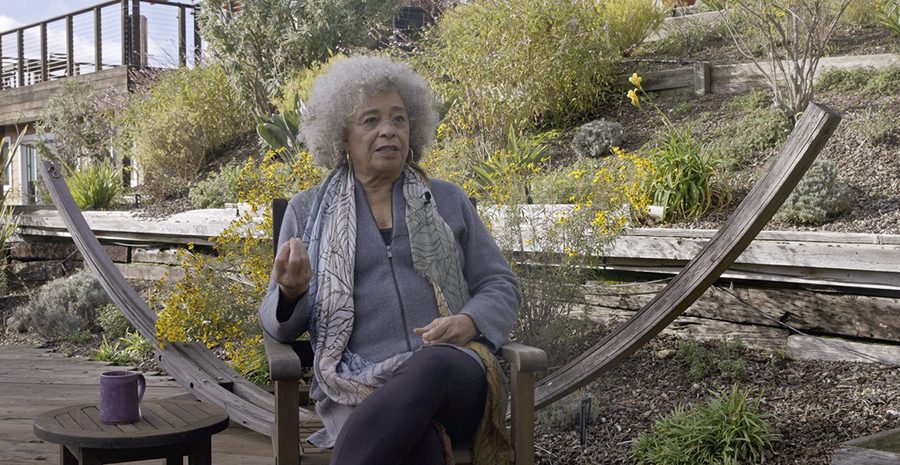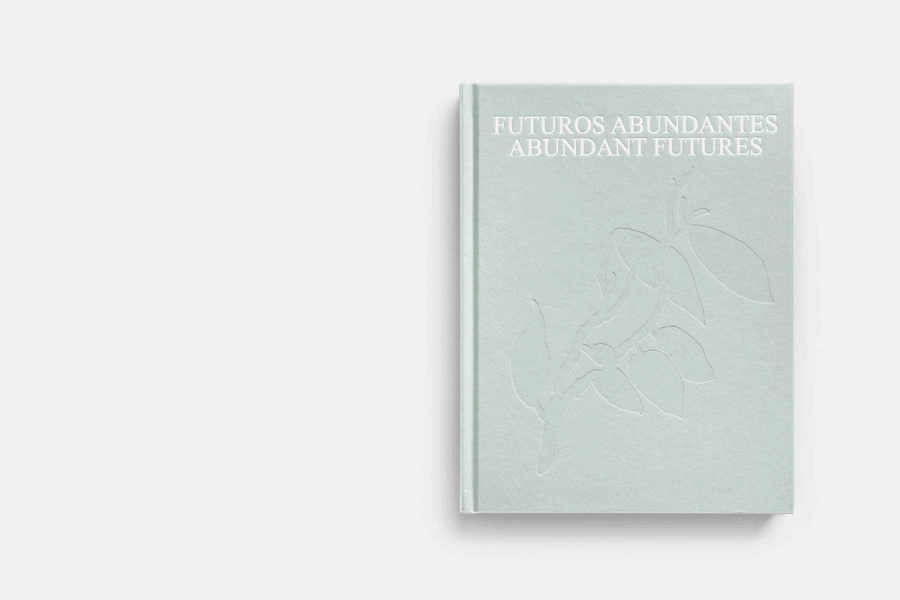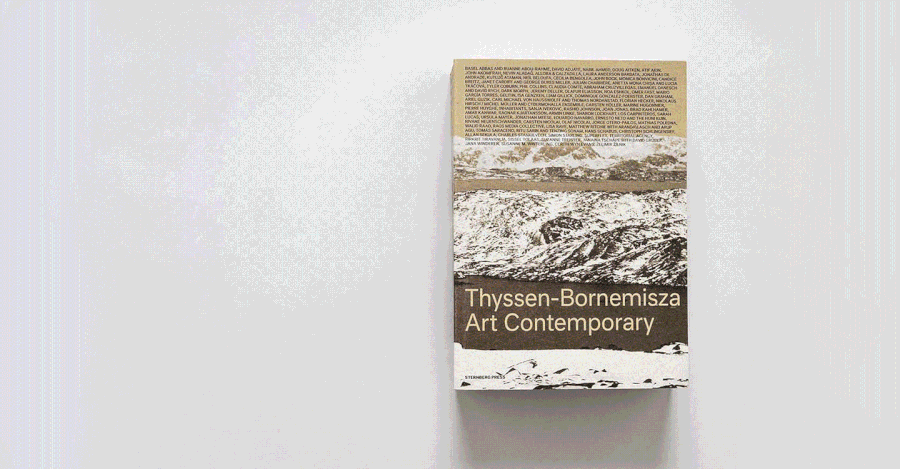Image, 2003
Kutluğ Ataman

Still: Courtesy the artist | Lehmann Maupin Gallery, New York

Still: Courtesy the artist | Lehmann Maupin Gallery, New York

Still: Courtesy the artist | Lehmann Maupin Gallery, New York
Collection
Single-channel video installation, b/w, silent
60 min
Image (2003) is one of six video works by Turkish artist and filmmaker Kutluğ Ataman, which form the series, Animated Words. Typically displayed on six separate screens, the videos which make up the Animated Words series vary from other films in his practice insofar as they are composed of computer-animated images rather than photographic footage. The works consist of simple text animations of a single word printed twice on a plain black background, which rotate in a symmetrical arrangement around a central axis. As they rotate, the words, which mirror the titles of each piece, appear in both distinctly legible and obscured pictorial formations. As the films progress, the animations thus manifest in various textual, figurative and abstract forms.
Ataman has said that the works are “inspired by the Islamic tradition of had, wherein artists carefully concealed an image within written text or a sentence […] Animated Words bestows movement on such images.”[1] His adaptation of hadthrough computerized images in a contemporary art context arguably represents a secularization of the tradition, a tension and process most notable in World (no. 1) where the text morphs into the profane image of a phallus. The theme of secularization is important and relates to the political-historical context tied up with the work’s particular format.
Ataman’s Animated Words are Ottoman Turkish and printed in Arabic script. As Oylun Albayrak has written, this presentation of text, as well as its dual appearance as both text and image, dissects the audience on epistemological grounds, with the result of “dislocating both ‘Eastern’ and ‘Western’ audiences alike. [2] She writes, Ataman’s “deliberate use of an alphabet, Arabic, which has been disconnected from a language, Turkish, whereby a majority of audiences that possess the linguistic skills to understand the signified words are, ironically, incapable of reading the script” produces a fractured readership for the work.[3] The replacement of the Ottoman Turkish alphabet by the Latin-based Turkish alphabet in 1928 was part of a larger set of reforms made by Mustafa Kemal Ataturk which led to the establishment of Turkey as a modern, secular, industrial nation following the dissolution of the Ottoman Empire in the beginning of the 20th century.
The significance of the split in the work’s viewership thereby lies in its relation to a critique of ‘modernization’ or westernization projects of this kind, specifically of Kemalism, which defined Turkey’s political history of reform under Ataturk in the 1920s, and which have a loss of cultural heritage as their effect. It, too, raises the question of the reception of Turkish artists in “an art scene viewed predominantly from the perspective of the US.”[4] The way the work deals with these questions through the politics of language in relation to Turkey’s political history was one of the reasons for its selection for the 2006 exhibition at MoMA called, Without Boundary: Seventeen Ways of Looking, curated by Fereshteh Daftari. As Daftari wrote in her introduction to the exhibition’s catalogue, Without Boundary “[set] out to look at the work of a number of contemporary artists who come from the Islamic world but do not live there.”[5] It did so partly to challenge overly deterministic readings of artists’ work, but also to complicate the perception and interpretation of ‘Islamic Art’ as conceived by the dominant art market.[6] The works included were thus chosen largely for their layering of methods and influences, and resulting destabilization of the dichotomy commonly drawn between ‘East’ and ‘West’. –Elsa Gray
[1] http://www.kutlugataman.com/site/artworks/work/62/
[2] Oylun Albayrak, “The Irreversible Line: Adornian Contribution and Communication Through the Use of Arabic Script in the Videos of Mona Hatoum and Kutluğ Ataman,” (New York: Stony Brook University, 2012), iii.
[3] ibid, 18.
[4] Peter Osborne, “The Fiction of the Contemporary,” in Anywhere or Not At All, 19.
[5] Fereshteh Daftari, “Islamic or Not,” in Without Boundary: Seventeen Ways of Looking (New York: The Museum of Modern Art, 2006), 10.
[6] ibid.
60 min
Image (2003) is one of six video works by Turkish artist and filmmaker Kutluğ Ataman, which form the series, Animated Words. Typically displayed on six separate screens, the videos which make up the Animated Words series vary from other films in his practice insofar as they are composed of computer-animated images rather than photographic footage. The works consist of simple text animations of a single word printed twice on a plain black background, which rotate in a symmetrical arrangement around a central axis. As they rotate, the words, which mirror the titles of each piece, appear in both distinctly legible and obscured pictorial formations. As the films progress, the animations thus manifest in various textual, figurative and abstract forms.
Ataman has said that the works are “inspired by the Islamic tradition of had, wherein artists carefully concealed an image within written text or a sentence […] Animated Words bestows movement on such images.”[1] His adaptation of hadthrough computerized images in a contemporary art context arguably represents a secularization of the tradition, a tension and process most notable in World (no. 1) where the text morphs into the profane image of a phallus. The theme of secularization is important and relates to the political-historical context tied up with the work’s particular format.
Ataman’s Animated Words are Ottoman Turkish and printed in Arabic script. As Oylun Albayrak has written, this presentation of text, as well as its dual appearance as both text and image, dissects the audience on epistemological grounds, with the result of “dislocating both ‘Eastern’ and ‘Western’ audiences alike. [2] She writes, Ataman’s “deliberate use of an alphabet, Arabic, which has been disconnected from a language, Turkish, whereby a majority of audiences that possess the linguistic skills to understand the signified words are, ironically, incapable of reading the script” produces a fractured readership for the work.[3] The replacement of the Ottoman Turkish alphabet by the Latin-based Turkish alphabet in 1928 was part of a larger set of reforms made by Mustafa Kemal Ataturk which led to the establishment of Turkey as a modern, secular, industrial nation following the dissolution of the Ottoman Empire in the beginning of the 20th century.
The significance of the split in the work’s viewership thereby lies in its relation to a critique of ‘modernization’ or westernization projects of this kind, specifically of Kemalism, which defined Turkey’s political history of reform under Ataturk in the 1920s, and which have a loss of cultural heritage as their effect. It, too, raises the question of the reception of Turkish artists in “an art scene viewed predominantly from the perspective of the US.”[4] The way the work deals with these questions through the politics of language in relation to Turkey’s political history was one of the reasons for its selection for the 2006 exhibition at MoMA called, Without Boundary: Seventeen Ways of Looking, curated by Fereshteh Daftari. As Daftari wrote in her introduction to the exhibition’s catalogue, Without Boundary “[set] out to look at the work of a number of contemporary artists who come from the Islamic world but do not live there.”[5] It did so partly to challenge overly deterministic readings of artists’ work, but also to complicate the perception and interpretation of ‘Islamic Art’ as conceived by the dominant art market.[6] The works included were thus chosen largely for their layering of methods and influences, and resulting destabilization of the dichotomy commonly drawn between ‘East’ and ‘West’. –Elsa Gray
[1] http://www.kutlugataman.com/site/artworks/work/62/
[2] Oylun Albayrak, “The Irreversible Line: Adornian Contribution and Communication Through the Use of Arabic Script in the Videos of Mona Hatoum and Kutluğ Ataman,” (New York: Stony Brook University, 2012), iii.
[3] ibid, 18.
[4] Peter Osborne, “The Fiction of the Contemporary,” in Anywhere or Not At All, 19.
[5] Fereshteh Daftari, “Islamic or Not,” in Without Boundary: Seventeen Ways of Looking (New York: The Museum of Modern Art, 2006), 10.
[6] ibid.
Kutluğ Ataman (born 1961) is a Turkish contemporary artist and filmmaker, who produces both photography and video art. He won the Carnegie Prize for his works "Kuba" in 2004.. In the same year he was nominated for Turner Prize for his work "twelve". Kutlug Ataman was the jury for Istanbul Film Festival. His movies won many awards.
This biography is from Wikipedia under an Attribution-ShareAlike Creative Commons License.
This biography is from Wikipedia under an Attribution-ShareAlike Creative Commons License.



